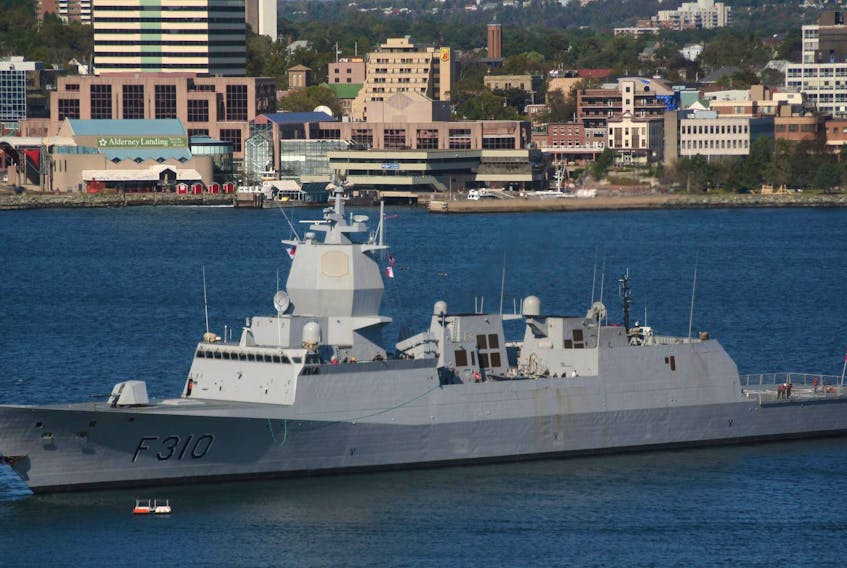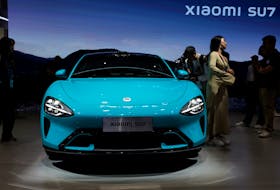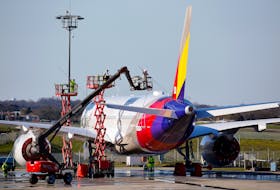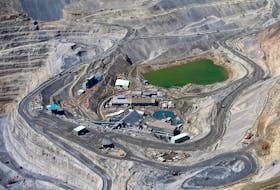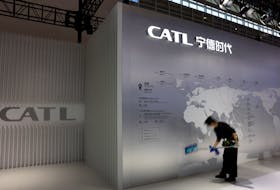The competition for the design for the Canadian Surface Combatant (CSC) just took an interesting turn, and one bidder may have had its hopes literally sink.
The Spanish firm Navantia offered the CSC program its F105 frigate design, which is currently in use by Spain, Australia and Norway. On Nov. 8, however, one of the Norwegian variants, the KNM Helge Ingstad, sank in a fjord after colliding with the Sola TS, a laden crude oil tanker, which had just departed the Sture Oil Terminal.
The preferred design for the CSC was announced Oct. 19. The federal government and Irving will proceed with negotiations to procure 15 of the BAE/Lockheed Martin’s British Type 26 Frigate design.
Given the value of the contract, it wasn’t a huge surprise when Alion, which bid the Dutch De Zeven Provinciën Frigate, asked for a judicial review believing the Type 26 was not compliant with the tender’s mandatory criteria.
However, just because Alion was the bidder that questioned the decision, doesn't mean it was the second-place design. Certainly, the Spanish F105 design has been more commercially successful, with it in current use by three countries. And this presents a problem.
The Accident Investigation Board Norway (AIBN) released a preliminary report into the KNM Helge Ingstad incident. In it, the board suggested poor seamanship was the likely cause of the collision. The report also stated that after the collision, engine and rudder control was lost, which is what caused the ship to ground close to shore.
Most relevant to the CSC procurement, however, is the separate warning from the AIBN that the ship may have a design flaw that allows additional compartments to flood, even though they are "sealed."
The collision flooded three compartments, however, it appears an additional three compartments flooded due to water flows through stuffing boxes and the hollow propeller shafts.
This should raise serious questions about the survivability of the design. The U.S. Navy suffered two collisions with commercial vessels. In separate incidents during the summer of 2017, the USS Fitzgerald and USS John S. McCain were both struck by commercial vessels killing a total of 17 sailors. Both ships stayed afloat and were repaired — the USS John S. McCain emerging from a 15-month drydocking in Japan last week.
Canadian warships have also suffered collisions at sea. HMCS Protector sliced open HMCS Algonquin’s hanger, HMCS Athabaskan was holed in a collision with a tug, and HMCS Preserver collided with the Nova Dock in Halifax Harbour.
While damage in each of those cases was above the waterline, warship survivability is critical not just for warfighting, but for general safety.
Choosing the proper design matters. As the Norwegians just found out, the safety of the ship and crew depends on it.
Here are some more happenings in Halifax Harbour:
The Vuoksi Maersk is due to make it first call to Halifax on Dec. 8. The ship will be running on Maersk’s weekly CAE service via Montreal. Presumably in a bid to reduce delays, the ship is ice classed, which should allow it to travel the icy waters of the St. Lawrence River bound for Montréal with greater ease. Currently, it is the only ice-class ship scheduled on the route.
Maersk will be continuing the Montreal Mediterranean Express Service, but will be dropping the Halifax call, rather than suspending the service as I suggested last week.
Horizon Maritime’s new ship Horizon Enabler arrived at Pier 9 on Tuesday.
The car carrier Onyx Arrow, tied up at Pier 9 on the weekend after discharging cars at Autoport. I have been told the ship has an issue with the CO2 fire suppression system.
The icebreaker Polar Prince, based in Lunenburg, returned to Halifax after surveying a route for a sub-sea fiber optic cable in the Hudson Bay. The ship sailed for the North on July 4. Leeway Odyssey also did some survey work for that project and returned to Halifax last week.

